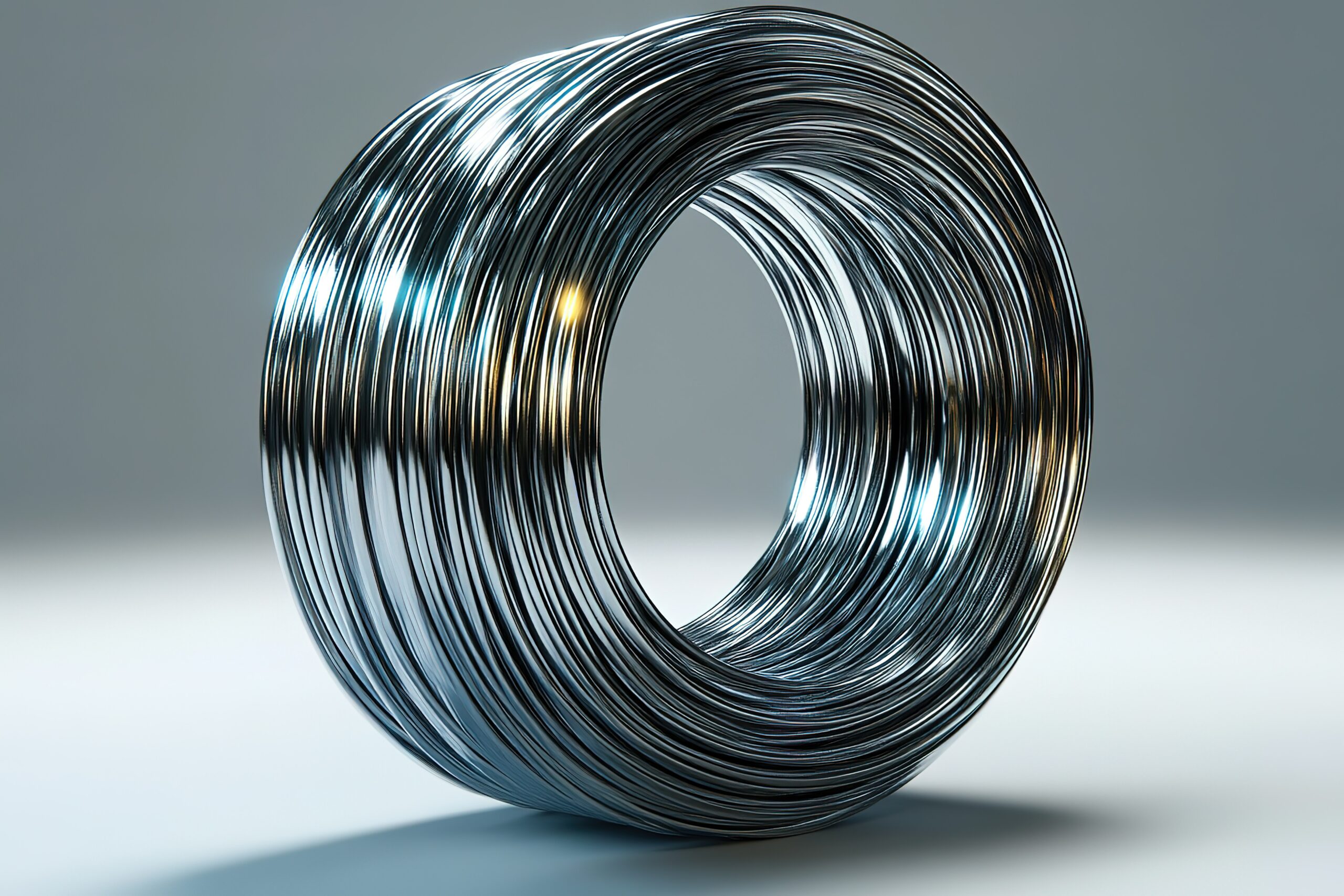Much renewable energy is generated by harnessing natural forces such as wind or wave energy. These natural forces vary in intensity, from a calm, clear day to a raging storm.
The components used to capture this energy thus come under a very wide range of loads over a time period. In extreme conditions these forces can be greater than the known strengths of the components trying to harness them.
Thus there can be very short periods when components can suffer extreme wear due to a sudden increase in the forces that they are trying to harness. The component wear during these short periods can be far greater than the wear on components during all of the rest of the time energy capture is taking place.
If there were a way that components could ‘know’ what forces they are under, and when they are starting to increase rapidly nearing the limit that the component can stand, then ways could be found to allow the component to give a little, to move out of the way of this sudden peak of extreme force, to ‘roll with the punch’.
This is where Sensor Solutions ‘intelligent structures’ make a massive difference.
We have designed a sensor to be incorporated into components that are harnessing these varying natural forces. The sensor measures the stress the component is under and if it is starting to become too much it allows the component to alter its position to alleviate the load.
This means the component will never see high loads, greatly improving its fatigue life (as most wear takes place in high stress situations).
This creates the intelligent structure that will last many years and is also able to monitor its own servicing requirements, as the sensor is also able to count work cycles.
This is important as all maintenance and service programs can then be based on the number of work cycles completed.
This is much cheaper than servicing by time interval, as some components may not have done much work, or may need servicing earlier at the time interval. When servicing by time interval, there is no way of knowing.
However if it is an intelligent structure, which looks at the load its components are under, counts work cycles and then creates a flag when servicing is needed (saying ‘my bearings have done X revolutions, come and look at me now’), it avoids the problems associated with ‘time interval’ servicing.
This turns the structure into an intelligent system that saves money and stops potential failures, by informing maintenance teams exactly when it needs care and attention.




